
Hakuba is famous for skiing in winter season, but only few people know that it has a different charm in the summer season.
Actually, mountains in Hakuba(白馬岳: Shirouma-dake) in summer season is known by Japanese for the the density and diversity of alpine plants. When the snow starts to melt, alpine plants above the tree line bloom here and there. Cute little flowers, which comes with a lot of different colors and shapes, attract a lot of hikers to the mountain.
There are plenty of mountain huts on the way, ensuring a comfortable stay just like staying in a resort hotel. Of course, you can also bring your own tent, food and a book that you like to enjoy your own jouney. Hakuba offers a great field to enjoy the diverse fascination of what they call "Japan Alps ", which in some aspects may be more attractive than the "original" one in Europe.

日本の国立公園 上―後世に伝えたい美しい日本の自然 (別冊山と溪谷)
- 作者: 森田敏隆
- 出版社/メーカー: 山と溪谷社
- 発売日: 2007/08/01
- メディア: ムック
- クリック: 1回
- この商品を含むブログを見る
中学3年生のクリスマス、両親に「日本の国立公園」という本を送ってもらった。よく晴れたその日の朝、本を抱えながら階段を駆け上がって自分の部屋に籠った。そして受験勉強そっちのけで、ストーブの効いた暖かい部屋で心ゆくまで日本各地の風景写真を眺めた。思い返してみるとつくづく幸せで平和な時間であった。
そしてその時、特に印象に残ったのが白馬岳の写真だった。「大出原に咲くクルマユリ」、「白馬岳直下に咲くミヤマキンポウゲ」など、夏山の清々しい青空を背景に咲く色とりどりの花の写真を見て、山への憧れが募った。その山が「はくばだけ」ではなくて「しろうまだけ」と読むのだということを親に教えてもらったことも含めてとても印象に残ったのであった。
その後、高校1年生の時に初めて学校登山に参加して上高地から槍ヶ岳に登った。
明け方一人でこっそり山小屋を抜け出して見た満天の星空。一人で星を見るのが勿体なくて、仲の良かった友達を叩き起こして一緒に外に出ると人生で初めて見えた流れ星。槍ヶ岳山荘の前で、朝日に照らされる西鎌尾根の風景に「すげー」と興奮して声をあげると周りにいたおばさん達に笑われた時の恥ずかしさ。そんな初々しい山デビューを果たした2009年の夏の思い出は大切な記憶としてずっと心の中に残っている。
それから8年の月日が流れた。その間国内・海外の色んな山々を歩いてきたけれど、北アルプスには一度も再訪を果たしていなかった。社会人一年目になった今年、そんな昔のことをふと思い出して「白馬岳に行こう」と思い立った。
・2017年7月14日~16日の記録。
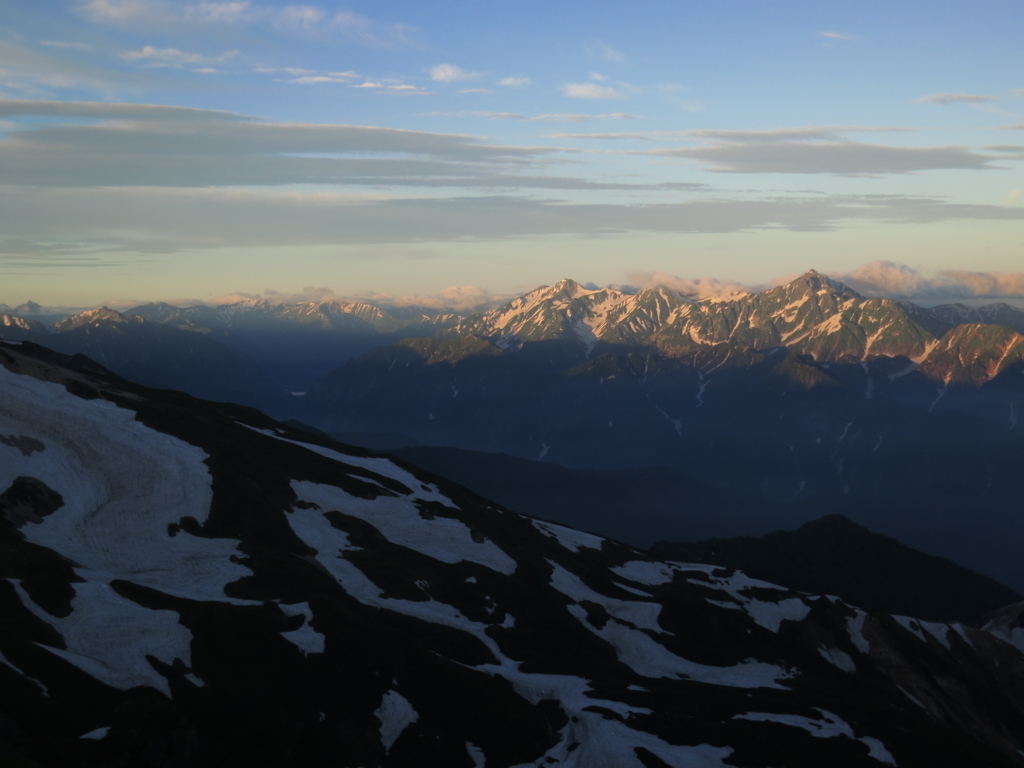
後立山連峰主稜線からの槍穂~立山・別山・剱岳。黒部の深い谷を挟んで北アルプスの名山が一望のもと。
Tateyama(立山) and Tsurugi-dake(剣岳) across deep Kurobe gorge.Tateyama is included in Three Holy Mountains of Japan revered by people nationwide. Tsurugidake is called the "palace of rock and snow". With a number of sharp ridges, it is a Mecca for climbers in Japan.

白馬鑓ヶ岳方面の展望も上々。

山々の展望を楽しんだ後、地面に目を転ずると辺りは色とりどりの花の競演。
Purple, pink, white, yellow...field of alpine plants please visitors' eyes in summer.

ミヤマシオガマ Pedicularis apodochila 深山塩釜
花の形が面白い。

ウルップソウ Lagotis glauca 得撫草
千島・アリューシャンからカムチャッカにまで分布しているらしい。日本列島にも見られるのは氷河期の名残。
Many alpine plants in Japan originate from migration from north to south when it was connected to the continent in glacial period. Lagotis glauca is also one of those plants.
It is widely distributed in Kuril islands, Kamchatka and Alaska, but in Japan it can only be seen in high mountain range of Hakuba(白馬岳), Yatsugatake(八ヶ岳)and Hokkaido.
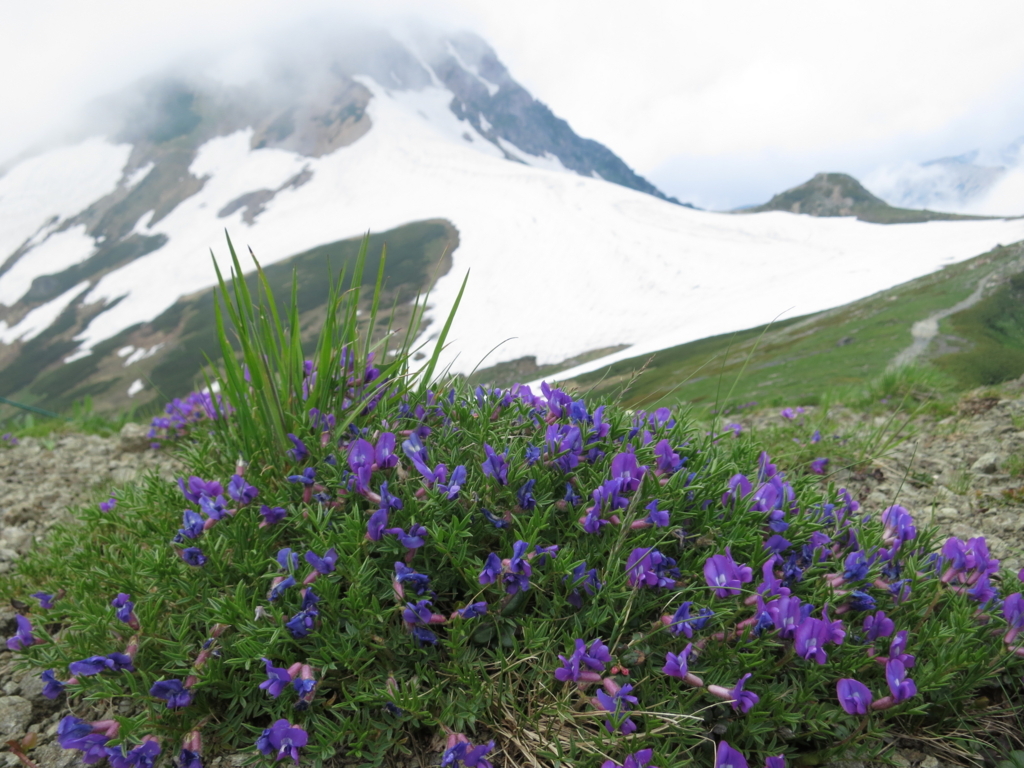
オヤマノエンドウ Oxytropis japonica

三連休初日の朝。他の登山者は今頃蟻の行進のようにせっせと大雪渓を登っていることであろうが、一日早く登ってきた僕たちは稜線上の景色をほぼ独占。

富士山も八ヶ岳も一望のもと。
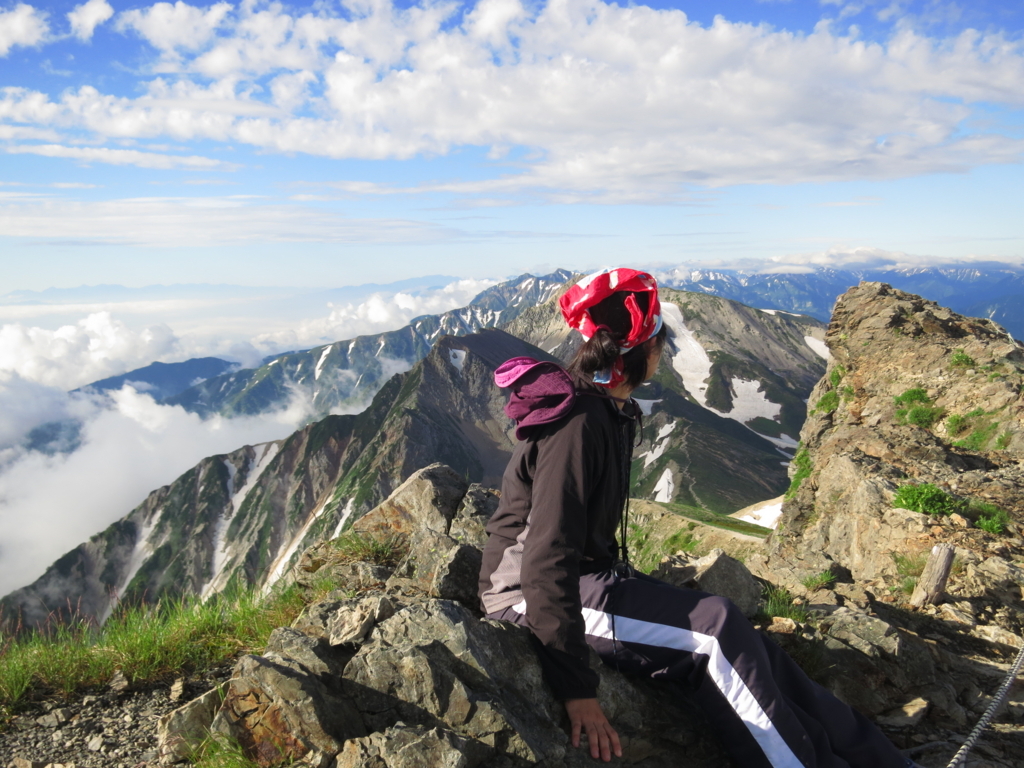
いやー素晴らしい展望ですね@白馬岳山頂
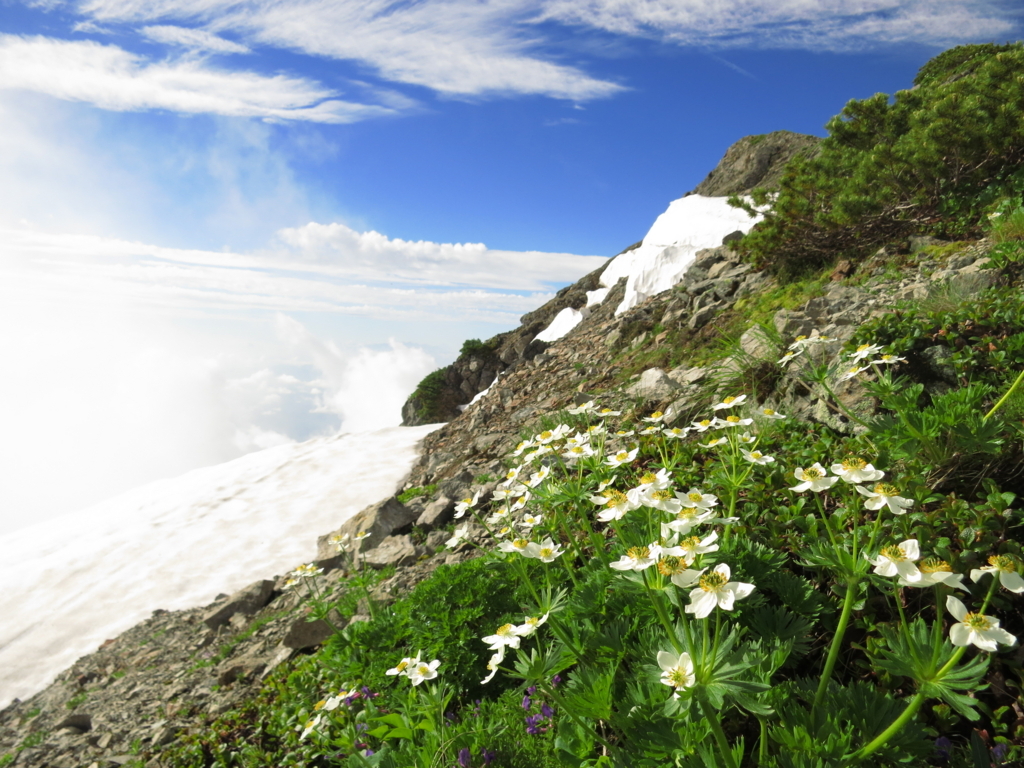
ハクサンイチゲ Anemone narcissiflora 白山一華

縦走路を振り返ると、残雪と山肌とハイマツのパッチワーク。
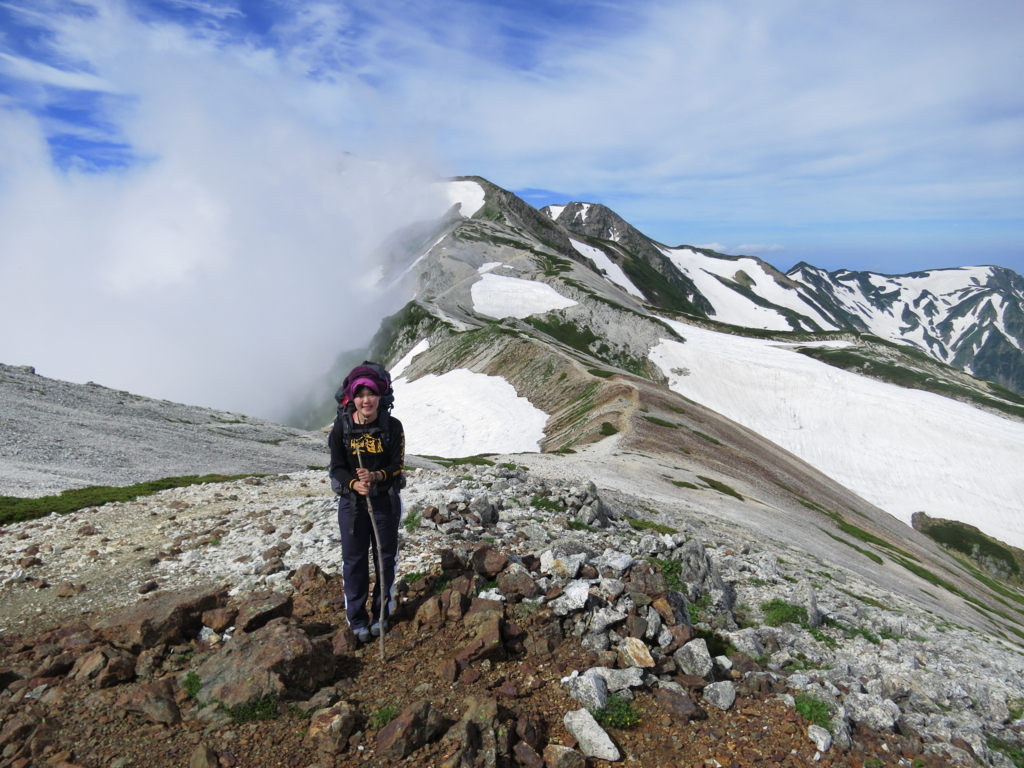
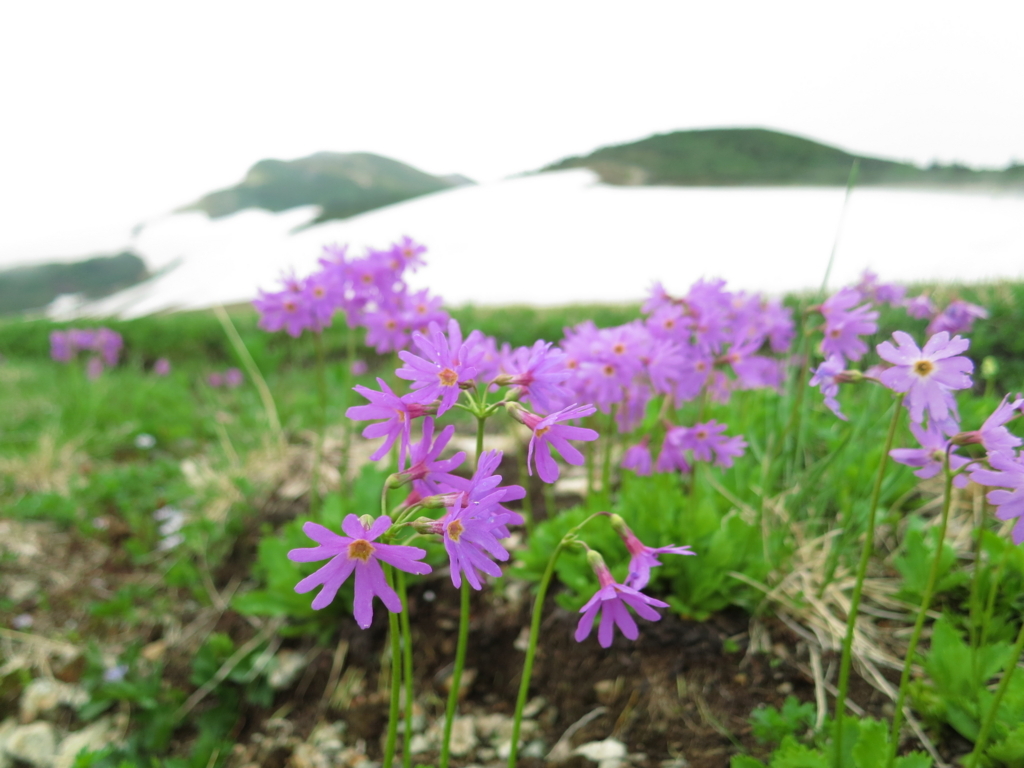
ハクサンコザクラ Primula cuneifolia Ledeb var. hakusanensis 白山小櫻
雪解けによってできた白馬大池畔の湿地帯には可愛いハクサンコザクラの群落。
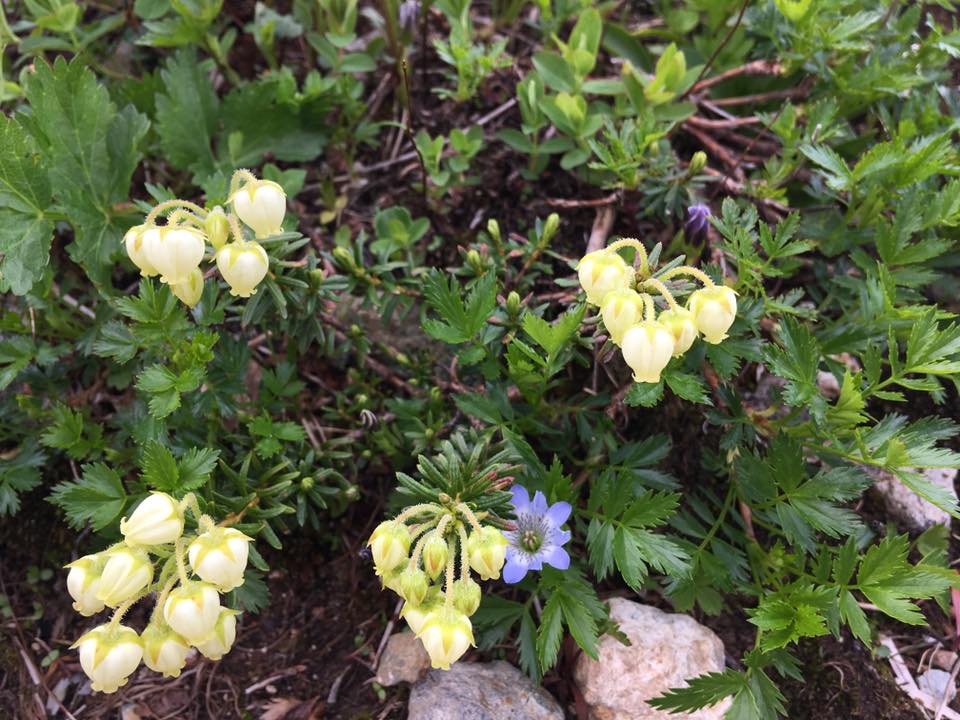
アオノツガザクラ Phylloduce aleutica 青栂櫻
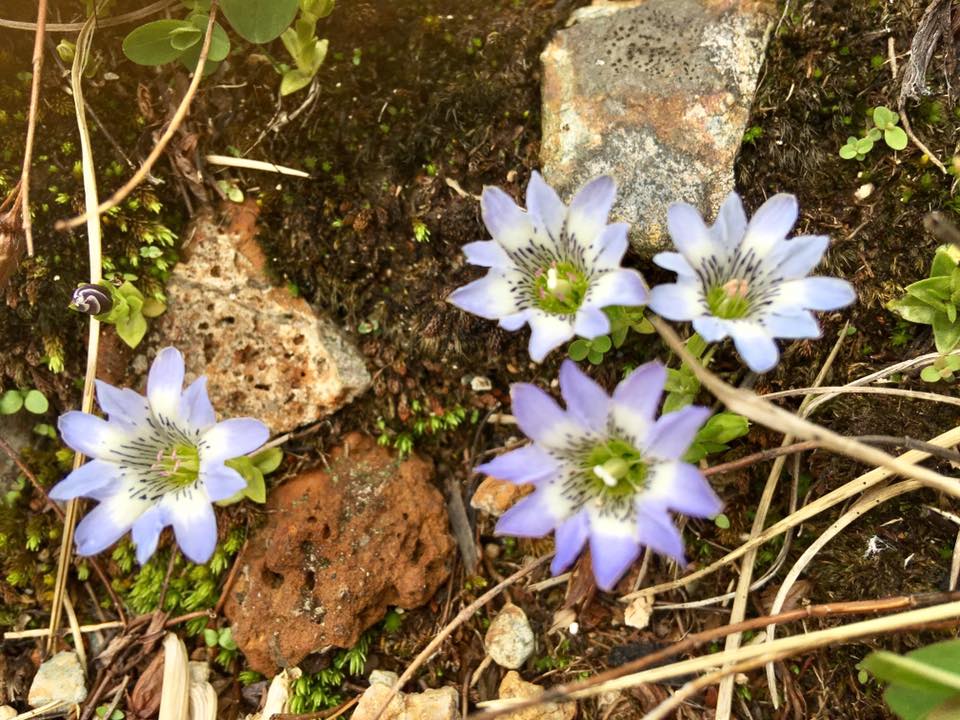
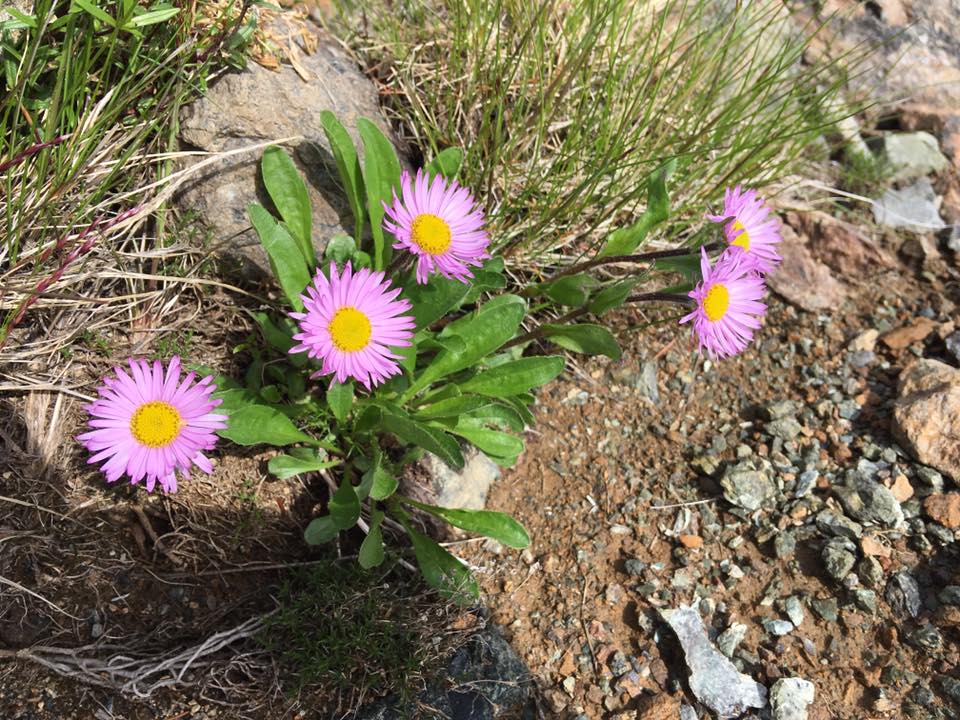

白馬大池から蓮華温泉へ下山した。1年前に訪れた「日本最高所の温泉」本沢温泉は、硫黄岳の爆裂火口を眺めながら入る乳白色の温泉。今回の蓮華温泉もそれに劣らず残雪をまとった雪倉岳~朝日岳の稜線の素晴らしい展望。
Renge onsen(hot spring), at the ending point of the trail, offers an unforgettable experience for visitors. You can enjoy great view of the surrounding mountains while taking an open air bath. The onsen is so remote that it takes about 90 minutes from Itoigawa, the nearest small and run-down town by bus. With the opening of Hokuriku Shinkansen, however, it changed into a destination which is easily accessible from Tokyo(about 4 hours, if you can fortunately catch one of the only 4 buses a day, which only operate in summer season). Still, it is geographically far away, and rarely known by foreign tourists.
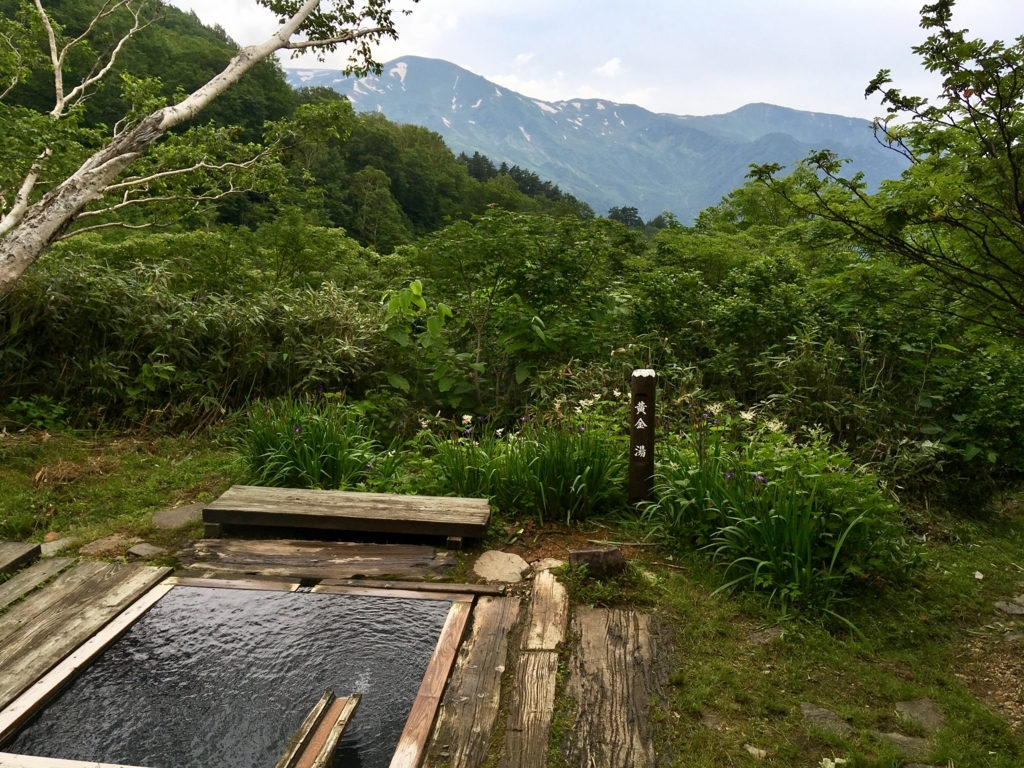
次は黒部源流かな?
